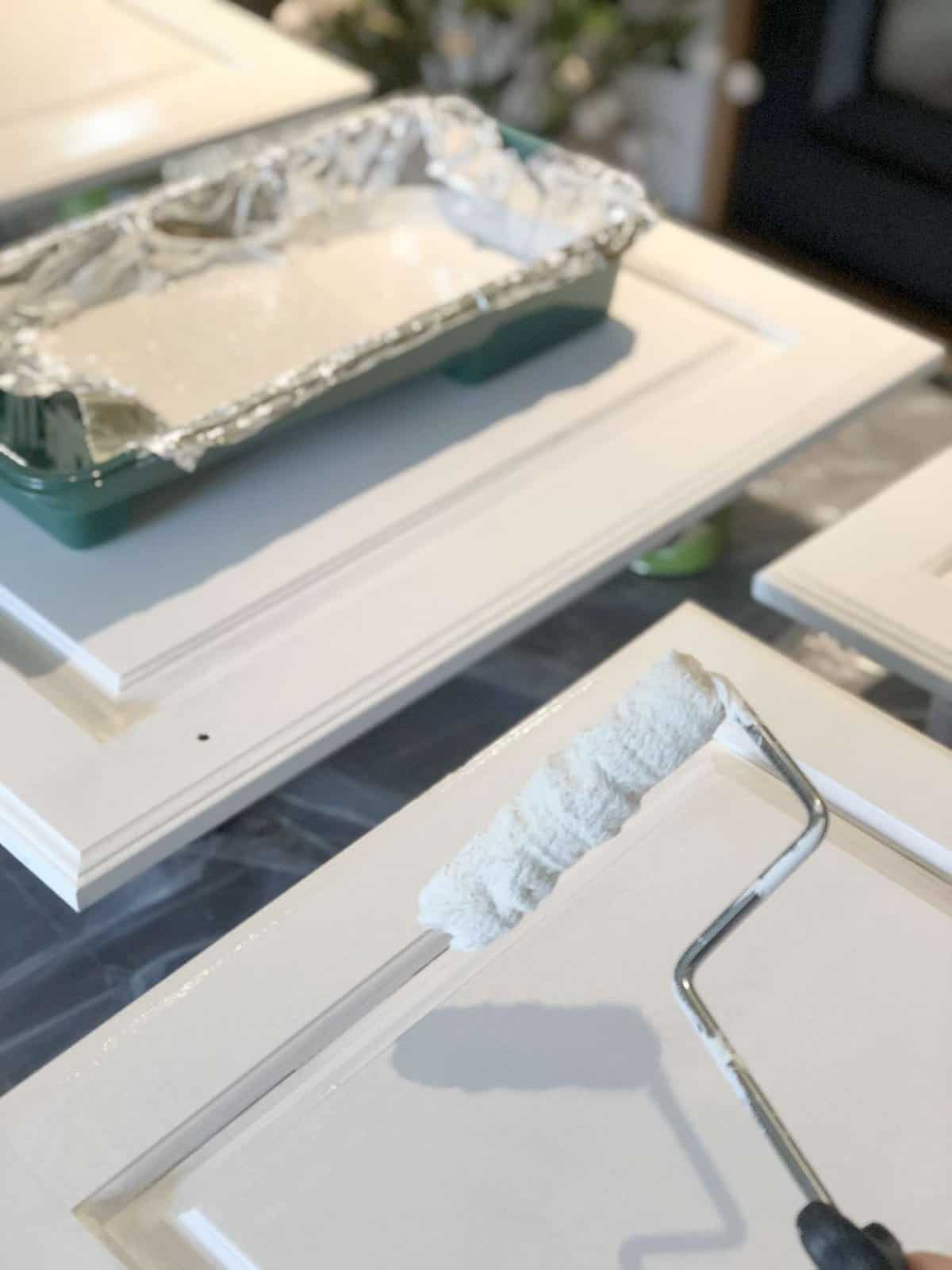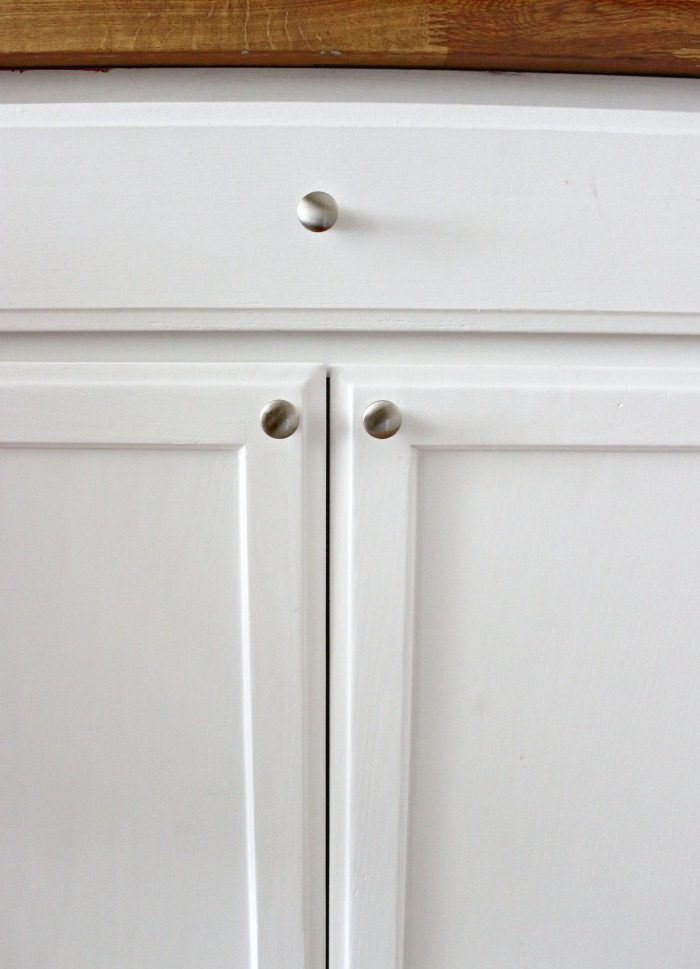Selecting the best roller for painting kitchen cabinets is a critical decision in achieving a smooth and professional finish. The choice of roller can significantly impact the application of paint, the texture of the surface, and the overall quality of the cabinet makeover. One popular option for cabinet painting is a high-density foam roller. These rollers are known for producing a smooth finish with minimal stippling or texture, providing a sleek and modern look to kitchen cabinets. The foam construction ensures even paint distribution, reducing the likelihood of streaks or bubbles.
Microfiber rollers are another excellent choice for painting kitchen cabinets. The fine fibers in microfiber rollers result in a lint-free finish, avoiding the frustration of lint particles getting trapped in the paint. The smooth application and minimal splatter make microfiber rollers suitable for achieving a flawless appearance on cabinet surfaces. They work particularly well with both water-based and oil-based paints, offering versatility for different cabinet projects.
For those tackling larger cabinet surfaces, a 9-inch roller cover is often preferred. The larger size allows for more extensive coverage, making the painting process more efficient. Additionally, a 9-inch roller cover is well-suited for flat cabinet doors, providing a seamless and consistent finish. This type of roller cover is a time-saving choice for larger cabinet projects or when working on cabinets with expansive, uninterrupted surfaces.
Velour rollers, featuring a short nap and a velvety texture, are favored for their ability to deliver a smooth and uniform finish on cabinet surfaces. These rollers are adept at minimizing roller marks and stippling, ensuring a professional-looking result. Velour rollers are particularly suitable for cabinets with intricate details or raised paneling, as they can reach into crevices and corners with ease, providing even coverage.

High-density foam mini rollers are an excellent option for intricate cabinet details and smaller surfaces. These mini rollers offer precision and control, allowing painters to navigate around corners, edges, and molding with ease. The fine foam texture provides a smooth finish, making them a go-to choice for cabinets with decorative elements that require careful attention during the painting process.
When working with water-based paints on kitchen cabinets, a nylon/polyester blend roller cover is often recommended. These roller covers are durable and maintain their integrity when exposed to water-based paints, ensuring a consistent application without deterioration. The blend of nylon and polyester fibers also contributes to a smoother finish, making them well-suited for achieving a professional look on cabinet surfaces.
A mohair roller cover is an excellent choice for achieving an ultra-smooth finish on kitchen cabinets. Mohair fibers are fine and densely packed, resulting in a roller cover that minimizes stippling and leaves a luxurious, glossy appearance. Mohair rollers are often favored for cabinet projects where a high-gloss or semi-gloss finish is desired, providing a polished and refined look to the cabinets.
For those prioritizing durability, a lambswool roller cover is a robust option for painting kitchen cabinets. Lambswool is known for its resilience and ability to hold a significant amount of paint, making it suitable for covering large cabinet surfaces with fewer reloads. The natural fibers in lambswool also contribute to a smooth finish, ensuring that the paint is evenly distributed across the cabinet surfaces.

In situations where a textured or distressed look is desired for kitchen cabinets, a stippling brush roller can be a valuable tool. Stippling brushes, which feature short, stiff bristles, can be rolled over wet paint to create a textured effect. This technique is particularly popular for achieving a rustic or aged appearance on cabinets, adding character and visual interest to the kitchen.
The nap size of a roller cover is an essential consideration, especially when dealing with different cabinet surfaces. For cabinets with a smooth surface, a short nap roller cover (typically 1/8 to 1/4 inch) is often recommended. This type of roller cover provides a fine finish and is ideal for cabinets with a flat or satin paint sheen. Conversely, cabinets with a more textured surface may benefit from a medium to long nap roller cover, ensuring that the roller reaches into crevices and recessed areas for complete coverage.
When working with oil-based paints on kitchen cabinets, a natural fiber roller cover, such as one made from lambswool or mohair, is a suitable choice. Oil-based paints can be more challenging to work with due to their longer drying time, and natural fiber rollers help maintain a smooth finish without matting or clumping. These rollers are also resilient to the harsh solvents present in oil-based paints.
An angled sash brush roller is invaluable when painting cabinets with recessed panels or intricate details. The angled bristles of the brush allow for precise cutting-in around edges, corners, and molding, ensuring clean lines and a professional finish. This type of roller is particularly handy for reaching into tight spaces where a standard roller cover may struggle to provide accurate coverage.

The quality of the roller cover material is a crucial factor in achieving a successful cabinet painting project. Investing in a high-quality roller cover, even if it comes at a slightly higher cost, can make a significant difference in the final result. Quality roller covers are less likely to shed fibers, leave lint behind, or create streaks, contributing to a smoother and more professional-looking cabinet finish.
When aiming for a truly flawless finish on kitchen cabinets, the technique of tipping off is essential. After rolling the paint onto the cabinet surface, using a high-quality tipping brush to lightly brush over the wet paint can eliminate roller marks and stippling, leaving a smooth and even finish. Tipping-off is a professional painting method that can elevate the overall appearance of painted cabinets, making them look as if they were sprayed.
Cchoosing the best roller for painting kitchen cabinets requires careful consideration of factors such as roller type, size, nap, and material. The right roller selection can make the painting process more efficient, contribute to a smooth and professional finish, and ensure that your kitchen cabinets receive a makeover that stands the test of time. Whether you opt for foam, microfiber, or natural fibers, understanding the characteristics of each roller type will empower you to achieve the desired results for your cabinet painting project.

Painting Kitchen Cabinets – Dream Book Design

The Best Way to Paint Your Kitchen Cabinets – REFASHIONABLY LATE

Best Roller For Painting Cabinets – CABINET
How To Repaint Painted Cabinets (Our Green Kitchen Cabinets) – The DIY Nuts

Best Paint Brand For Cabinets – Cabinets Design Ideas

How to paint your kitchen cabinets without sanding – Whitney Hansen Money Coaching

Best Wax For Painted Kitchen Cabinets – Iwn Kitchen

Keeping It Cozy: All About Painting Cabinets
How to Paint Kitchen Cabinets how-tos DIY

Related Posts:
- How To Remove Kitchen Sink Cabinet
- Half Price Kitchen Cabinets
- Fisher Kitchens And Cabinets
- Oak Veneer Kitchen Cabinets
- Best Type Of Paint To Use On Kitchen Cabinets
- Kitchen Cabinet Price Estimator
- Craigslist Tulsa Kitchen Cabinets
- Kitchen Classics Cheyenne Cabinets
- Kitchen Cabinet Door Edge Trim
- Discount Kitchen Cabinets Baltimore